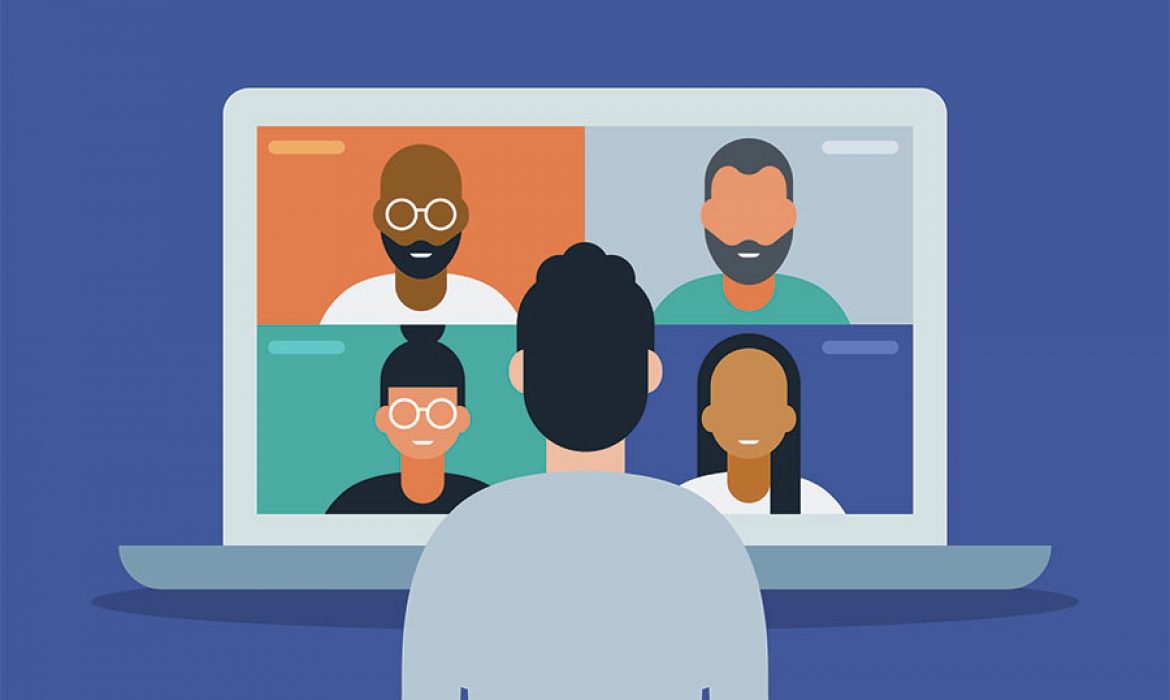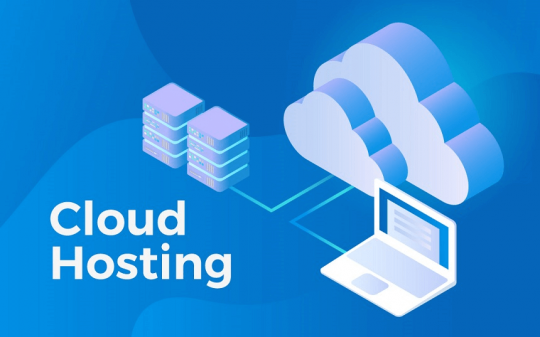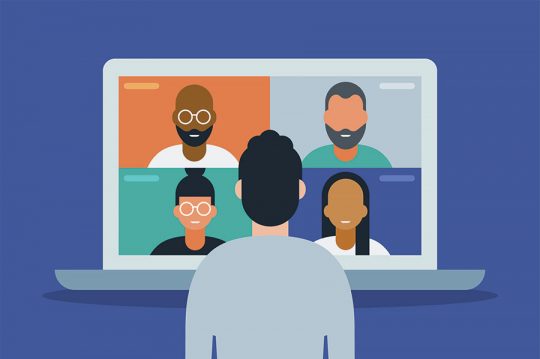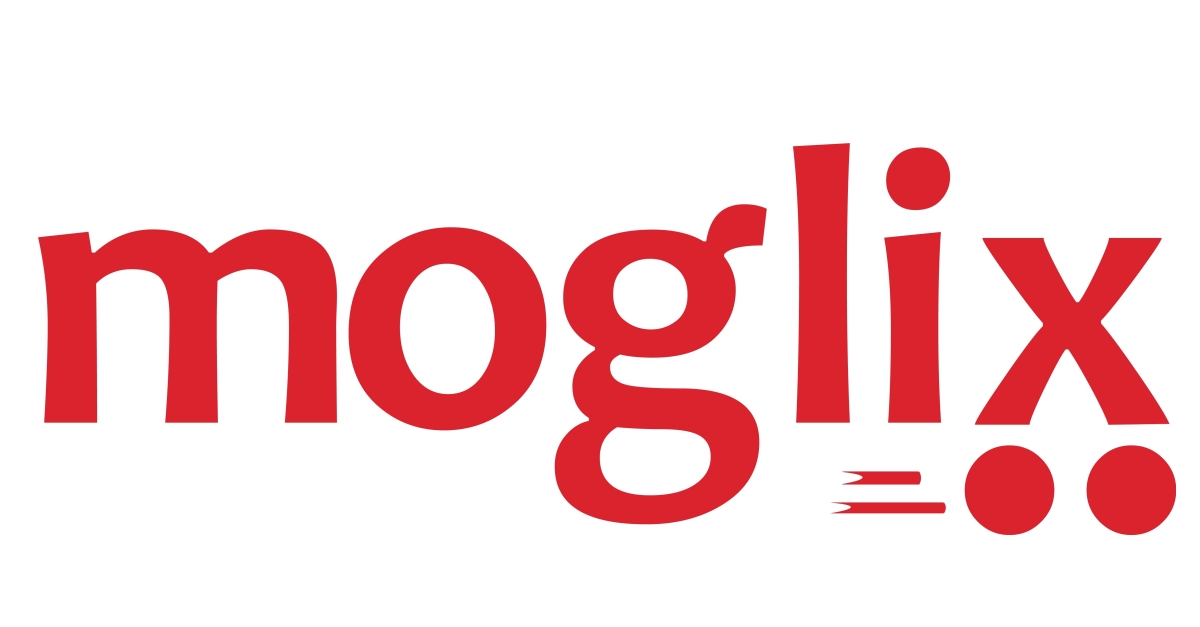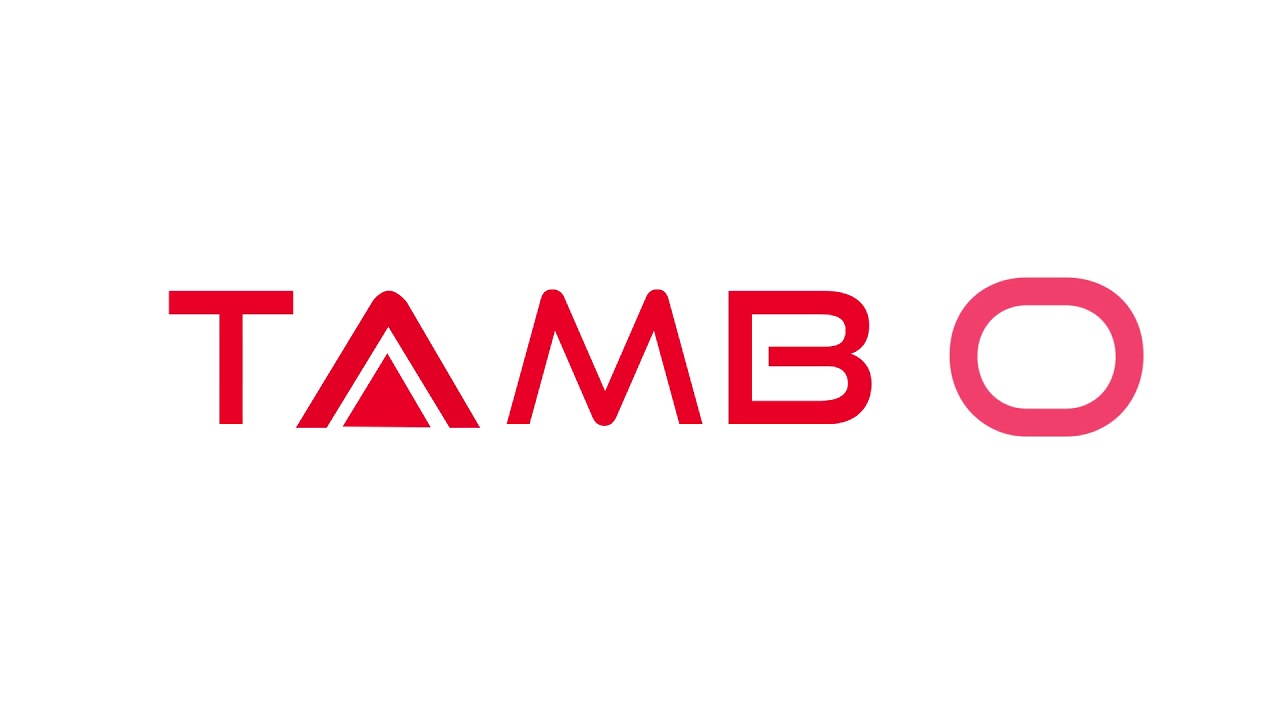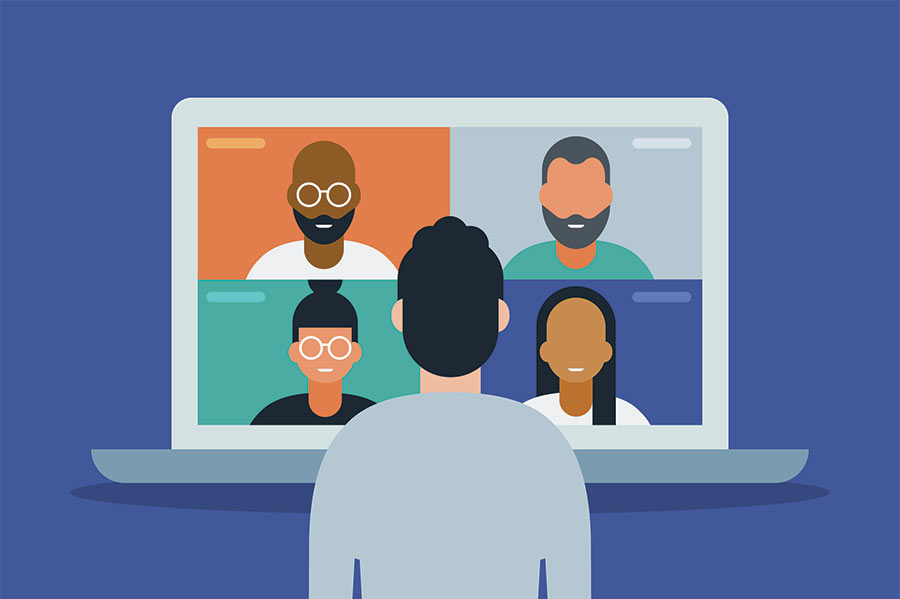
Since the dawn of the internet, we’ve been turning to technology for insights into how to communicate better with the people around us. Originally, it started with forums and basic social media sites, then companies started offering instant messaging and online profiles where people could share their lives with their friends and family. In recent years, messaging and chatting have emerged as perhaps one of the most popular ways to connect with people in any environment – whether we’re reaching loved ones or colleagues.
Now, there’s a new trend on the market, and it could hold the key to the future of communications. Video conferencing is a concept that’s been slowly gaining steam for years. However, in 2020, it became the must-have solution in a world where face-to-face interactions were no longer possible.
How Video Conferencing Improves Communication
While video has been available for a while now, it’s never been more accessible than it is today. Consumers had things like facetime as a decent way to connect with their friends and family face-to-face, but limited mobile bandwidth made it hard to get a good connection. Companies had a more professional version of video conferencing available, but accessing it meant spending a lot of money on advanced technology.
Now, we’re living in a world where anyone can tap into a video meeting at the touch of a button – and experience more immersive discussions as a result. The arrival of 5G means that the smartphone users of tomorrow will be able to have 4K video conversations without having to worry about lost signals or latency. Webcams and cloud software mean that companies can set up secure meeting experiences without any professional assistance.
The evolution of technology means that video conferencing is a much more appealing choice for people from all environments. What’s more, video allows us to tap into the nuances of face-to-face conversation that we can’t get with instant chat or telephone calls.
Is Video the Future?
The digital world is having an incredible impact on everything we do today. Technology makes our life easier in a multitude of different ways. You can even get your medication on the web today. In Utica, NY, you can get a medical marijuana card in minutes online, with a certified physician who can help patients find exactly what they need in a matter of minutes, without putting their privacy at risk.
With doctors prescribing marijuana cards, you might even use video conferencing to chat with a client about their needs.
While not everyone will embrace video immediately as the future of communication, it’s quickly becoming a more realistic option for people who want to feel the nuances of face-to-face interaction, without speaking to someone in-person.
As tools like virtual backgrounds and high-definition video streaming become more affordable (and advanced), the demand for video will only continue to grow, both in the professional and the personal world. The future of communication may not be limited to video alone, but there’s a good chance that we’ll see more video in landscape.




